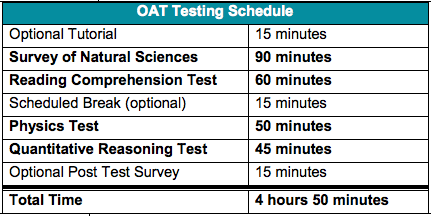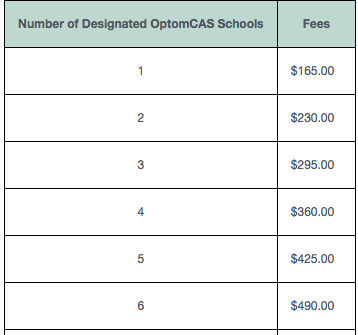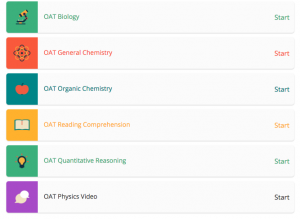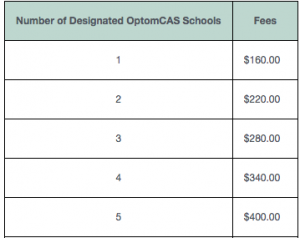As of June 28th the OptomCAS 2018 is officially open!
The time has arrived. So you’ve been working to keep up that GPA, right? Got gleaming OAT scores? How about all that extra stuff like volunteer work, research projects, and extracurriculars? Well now it’s time to lay it all on the line!

The Association of Schools and Colleges of Optometry (ASCO) uses the Optometry Centralized Application Service (OptomCAS) as the general web-based application to submit applications to the all optometry schools in the U.S. and the application for the 2018 cycle has just opened!
Getting Started…
Firstly you’ll create an OptomCAS 2018 application account here. This is where you will login, save, edit, and eventually submit your application(s). Check out the full OptomCAS 2018 instructions here.
The application is dense and filling it out all the required information is a task not to be taken lightly. Take your time to insure all the detailed information is correct.
$ Cost $
The total application cost truly lies in the number of optometry programs you apply to.
Upon completely the OptomCAS the fee is $170 and it includes submission to one dental school then it’s an additional $70 for each additional school. The application process as a whole can quickly become expensive with the cost of taking the OAT, completely the OptomCAS, then individual schools secondary application fees, traveling to interviews, etc. so you really want to do your research and narrow down the programs you really want to apply to!
Deadlines
Now just because the application is open until March 1st doesn’t mean OptomCAS 2018 goes on the back burner. It is highly suggested by literally everyone (schools, advisors, OAT Cracker, and me) that you get your completed application in during the summer time!
Keep in mind you’ll need to meet specific optometry program deadlines that you are applying to. This means you must not only complete and submit the OptomCAS 2018 by those deadlines but also be sure to get in transcripts, letters of recommendation, and any secondary application fees specific schools may require as well. Some optometry schools offer admittance on a rolling basis so basically apply asap!
Last tip: Check out the blog 🙂
Here at OAT Cracker we like to keep you in the loop and make this process of getting into optometry school as painless as possible. So stay tuned in!
With all the expense and stress of applying to optometry school, save yourself some trouble and check out OAT Cracker for you OAT prep and check out this blog for more topics on the application process like Personal Statement Writing, Getting Letters of Recommendations and prepping for The Interview!
That’s all for now!
HAPPY APPLYING!












